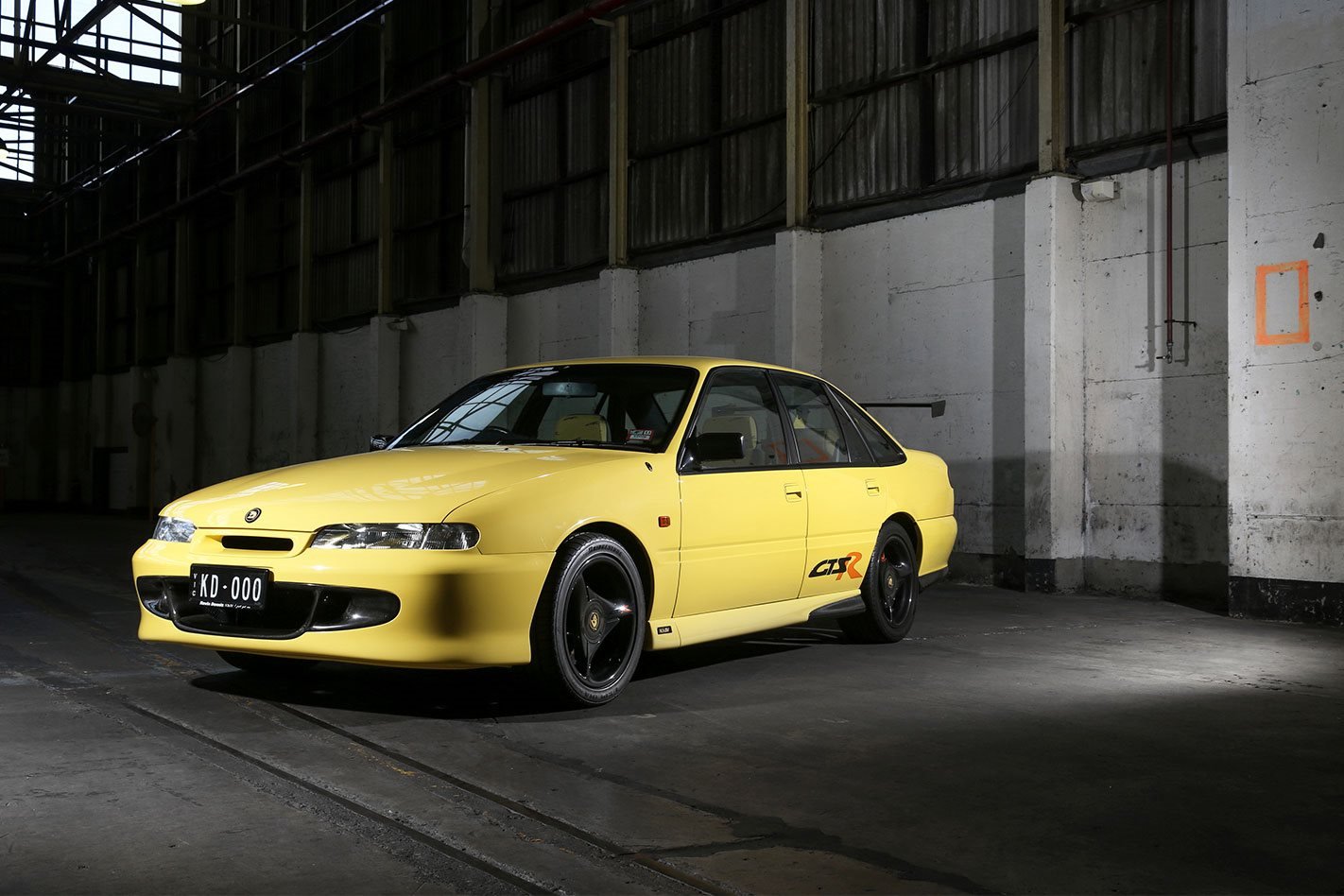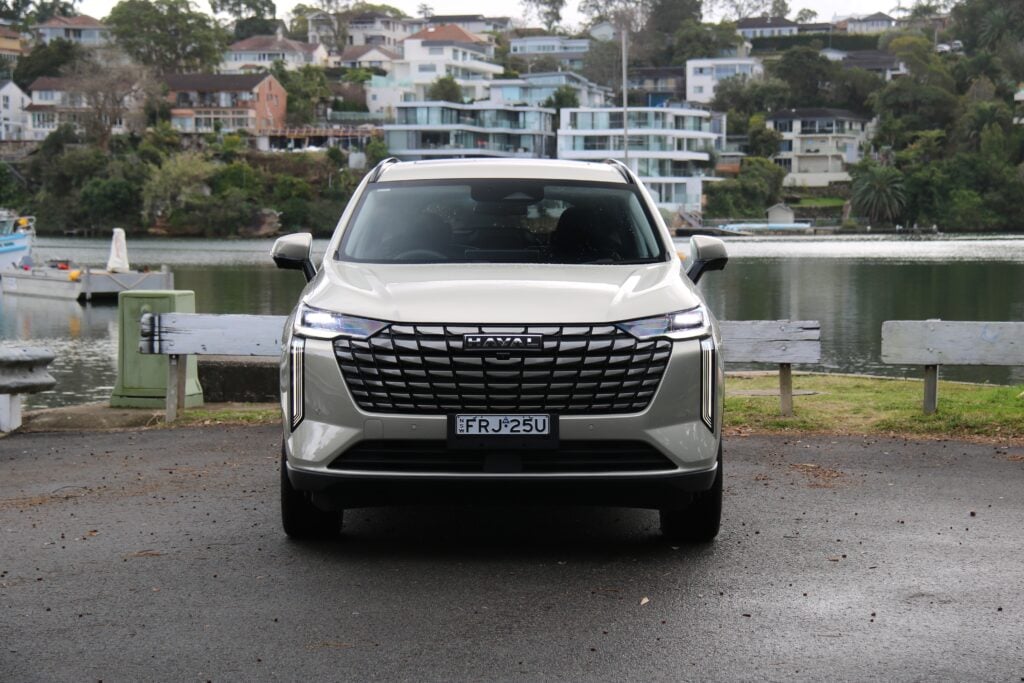HSV had always tweaked the V8 engines in its cars to eke out a little more performance and a lot more bragging rights. But the Series 2 VS GTS-R of 1996 changed all that.
See, instead of just fitting headers and a bigger exhaust or throwing a bigger throttle-body at it, HSV went for the doctor for the GTS-R, and that meant producing a higher output engine.
With the five-litre kind of at the end of its development road at 195kW, the decision was taken to go for extra cubes. And the best way to do that? A stroker crank. Local engineering gurus, Harrop Engineering, was contacted partly because it had the means to produce such a thing, but also because company boss Ron Harrop had built a 5.7-litre stroker Commodore for his personal use a handful of years earlier.
And given the time frame HSV was operating within, a Harrop crank kit was perfect.
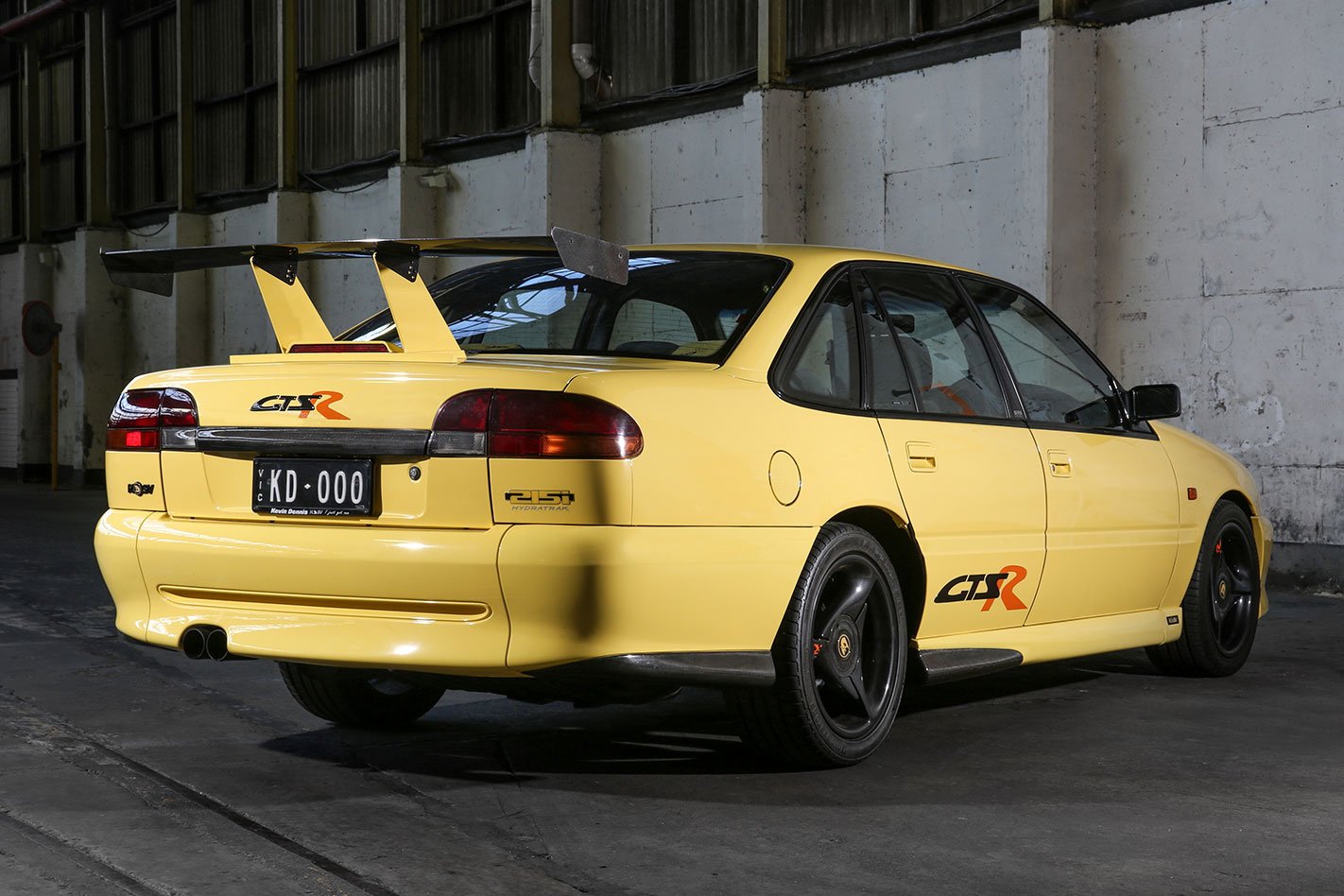
Other changes included thinner exhaust valve stems, some polishing of the ports and a smoothed inlet tract even though the 5.7 used a standard five-litre manifold. All up, power jumped to 215kW at 4800rpm while torque maxxed out at a very handy 475Nm at 3600rpm.
Compare those figures with the bread-and-butter 185kW HSV engine of the time and you can see that the peaks are the same but torque had grown by a full 75Nm. And if that wasn’t special enough, you could also tick the $10,000 box for the engine optimisation package. That amounted to a blueprint job which smoothed the engine and, depending on who you talked to, netted another 10 or 15kW.
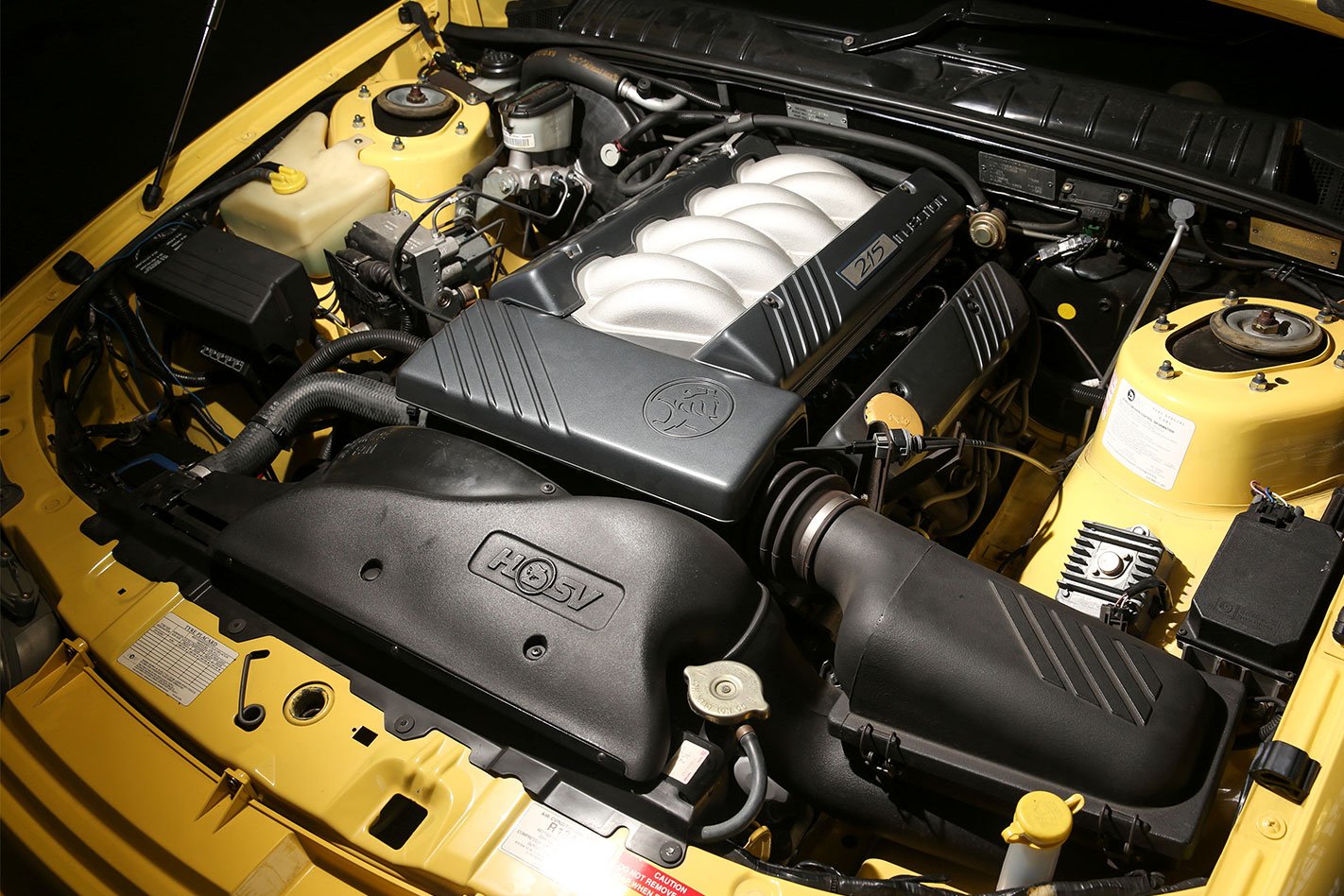
Visually, the GTS-R hasn’t really aged too gracefully. The three –spoke wheels in charcoal seem kind of geeky now and the body kit, even back then, was considered a bit OTT with the rear wing that looked like it came off a V8 Supercar. But the use of external carbon-fibre panels on the GTS-R was an Aussie first and the interior with its yellow cloth inserts and baseball-stitching certainly made a statement.
Then there was the colour: XU-3 Yellah, which was about a subtle as a Trump tweet.
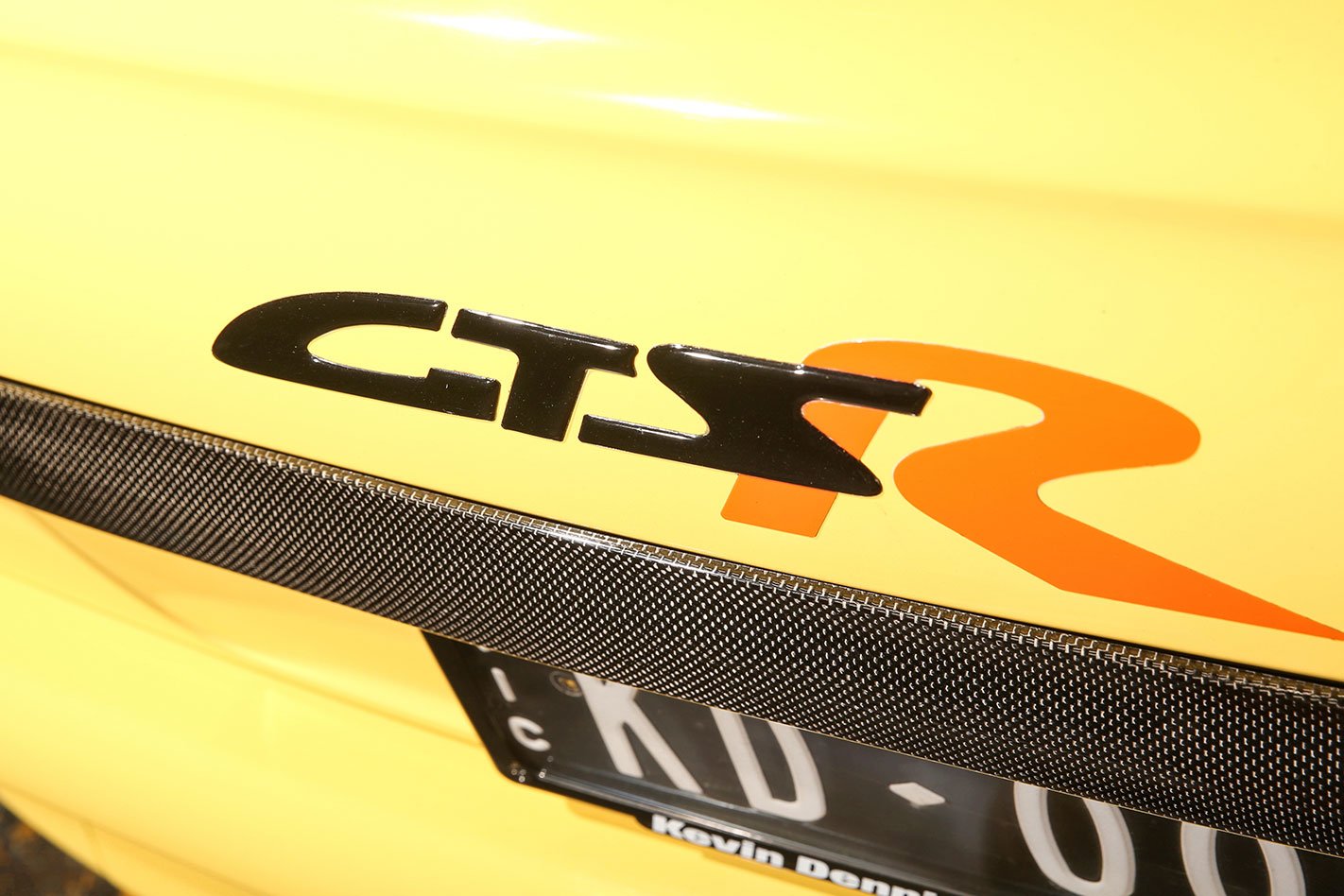
So, yeah, the GTS-R definitely felt perky.
2016 HSV GTS: the fastest car ever
It wasn’t the smoothest engine you’ll ever sit behind (although HSV did engineer out a lot of the rough edges of Ron Harrop’s original version) but it got going and it felt fast. It was also at least a couple of hundred kilos lighter than an LS1-powered HSV. And being the last of the bodyshell pioneered by the VN, the VS was a lot more refined and better put together generally.
It mightn’t quite look like it, but the GTS-R represents possibly HSV’s deepest engineering dive in the company’s history.
Specs: Engine: 5737cc V8 OHV, 16-valve Power: 215kW at 4800rpm Torque: 475Nm at 3600rpm 0-100km/h time: 5.0sec (as-tested OR claimed) Weight: 1619kg Price when new: $76,000 Years on sale: 1995

